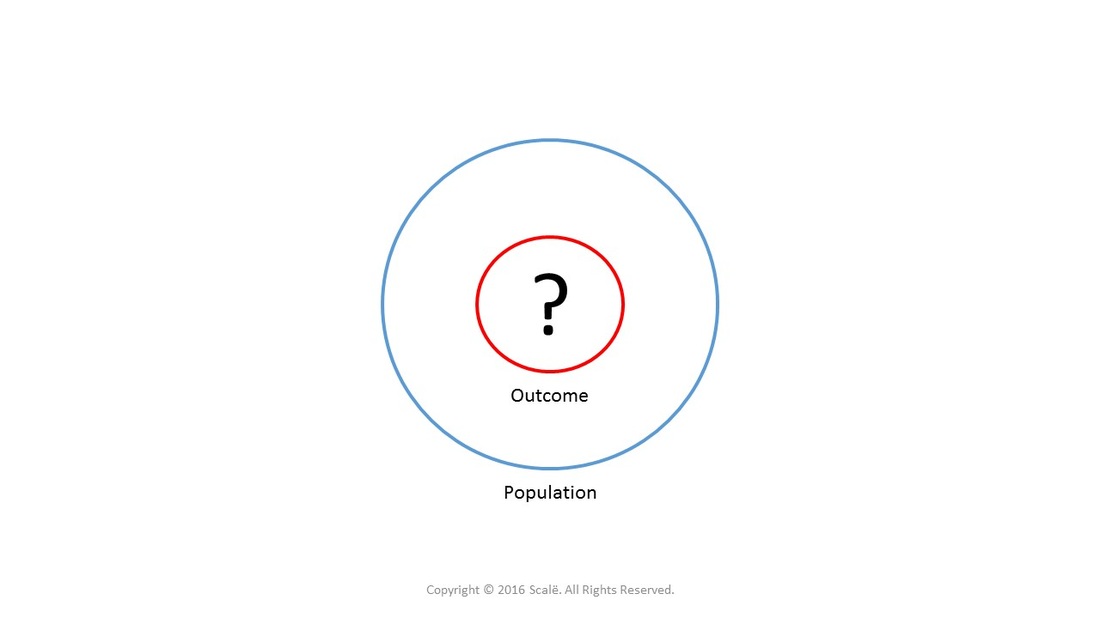Cross-sectional
Cross-sectional designs establish the prevalence of an outcome in a given population
Cross-sectional research designs can generate a measure of prevalence of a given outcome.
All measurements of the predictors, confounders, and outcomes occur at one point in time from the overall population of interest in a cross-sectional study.
Cross-sectional designs are useful for testing associations between predictor and outcome variables, collecting large amounts of data, and generating effect sizes.
However, causal effects cannot be inferred using cross-sectional designs due to the lack of randomization.
Many cross-sectional studies are undertaken using survey research methods.
All measurements of the predictors, confounders, and outcomes occur at one point in time from the overall population of interest in a cross-sectional study.
Cross-sectional designs are useful for testing associations between predictor and outcome variables, collecting large amounts of data, and generating effect sizes.
However, causal effects cannot be inferred using cross-sectional designs due to the lack of randomization.
Many cross-sectional studies are undertaken using survey research methods.
The blue circle represents a given population. With a cross-sectional design, researchers are taking one cross-section (red circle) out of the population (blue circle) and making inferences back to the population.
Because cross-sectional designs can provide a measure of prevalence, the evidence they generate is one echelon above case-control designs.
Click on the Statistical Power button to continue.
Hire A Statistician
DO YOU NEED TO HIRE A STATISTICIAN?
Eric Heidel, Ph.D., PStat will provide you with statistical consultation services for your research project at $100/hour. Secure checkout is available with Stripe, Venmo, Zelle, or PayPal.
- Statistical Analysis on any kind of project
- Dissertation and Thesis Projects
- DNP Capstone Projects
- Clinical Trials
- Analysis of Survey Data


